By Juliana Penagos Nigrinis, Lidia Morcillo & Clara Solé (MODACC)
An industry Under Watch
The fast fashion industry has left a multiplicity of negative impacts around the world, such as environmental degradation, social injustice and excessive waste production. Over the years, many fashion brands have shifted their mindsets to create solutions that promote more positive impacts. Now, the industry stands under careful examination by both consumers and lawmakers because today, sustainability is not only a matter of ethics and consciousness, but also a compliance issue.
From voluntary to necessary
For years, sustainability in fashion was a voluntary initiative that few brands were implementing. Today, that is changing. Across the EU, a coordinated set of policy frameworks is shifting sustainability from optional to obligatory.
The EU Green Deal, the Circular Economy Action Plan, and the EU Strategy for Sustainable and Circular Textiles are driving legislation that addresses every layer of the fashion value chain. Four key measures stand out: Ecodesign for Sustainable Products Regulation (ESPR), Digital Product Passport (DPP), Extended Producer Responsibility (EPR) and Corporate Sustainability Reporting Directive (CSRD). These regulations are not isolated policies. Together, they form a structured roadmap toward a circular, transparent, and accountable fashion system.
What do the regulatory changes mean for fashion brands?
These measures don’t just change policy—they fundamentally reshape how fashion brands operate. Every stage of the value chain is affected, from: material sourcing, design processes, manufacturing methods, to transportation, retail and marketing. And even phases that were not contemplated before, such as used phase after purchase and end of life cycle of the product.
For now, some of these legislative changes have been implemented but the majority are still being defined. Which generates an uncertain panorama and raises the level of expectation. Strategies from brands vary from waiting for clear direction, to starting implementation so that when regulation is stipulated, they are ahead of other brands.
A new way for a new industry
Regulatory changes may be driven by legislation, but their success depends on innovation. Forward-looking brands are already moving beyond compliance to rethink their business models completely.
Circular design strategies, product-as-a-service models, resale and repair platforms, and material innovation are not just responses to regulation—they are competitive advantages that contribute to one of the most relevant objectives of the EU: separating economic growth from resource use.
This transition is also redefining collaboration. Fashion companies are forming new partnerships with recyclers, logistics providers, digital platforms, and even competitors (now perceived as co-opetitors) to build shared systems for transparency and circularity.
For SMEs, the road may be more complex, but not impossible. Pilot projects, like the ones performed by CRAFT-IT 4SD, are opportunities to guide their adaptation and encourage necessary skills adoption.
Final thoughts
The fashion industry is being reshaped by hard policy — and that’s a good thing. For brands that embrace this shift, the future isn’t just greener, it’s smarter, resourceful and more resilient.
Are you already adjusting your strategy to meet new environmental requirements? Share your experience — let’s learn from each other.
